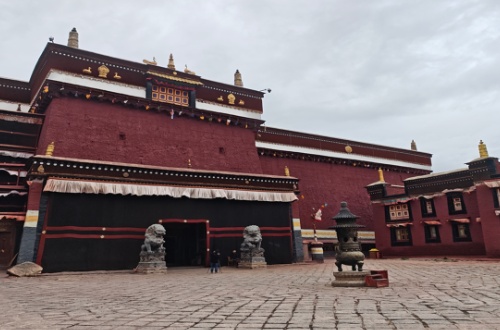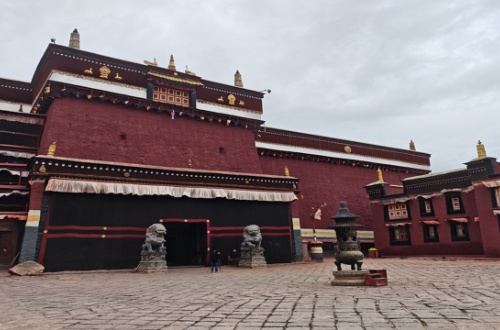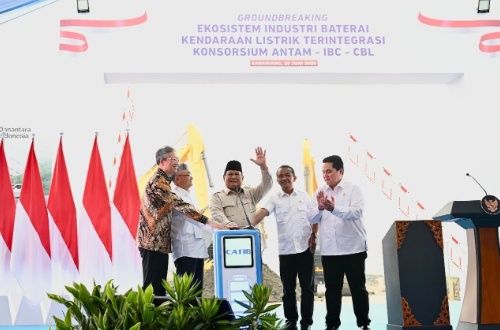07-04
What are the requirements of the textile finishing agent in the finishing process?
 2020-07-31
2020-07-31
The finishing process is mostly related to the modification of the fiber surface (outer surface and inner surface). In terms of the requirements of the textile finishing agent, in addition to giving it a new feel style or a new surface visual style, it also requires that these styles be maintained as long as possible. Therefore, the textile finishing agent is best able to chemically bond with the cellulose molecule, and will not fall off easily during the bonding process.
Some textile finishing agent molecules have two functional groups, one can combine with the fiber, and the other floats on the surface of the fiber, changing the surface properties of the fiber. This structure is very similar to surfactants. These textile finishing agents are generally surfactants. According to the change of the fiber surface properties after finishing, it can be divided into textile finishing agent and finishing process into several categories.

For example, the finishing of the fiber surface wetting performance includes water-repellent finishing and oil-repellent finishing, and the finishing of the fiber surface friction performance is soft finishing, smooth finishing and fluffy finishing, as well as other special functions of clean finishing, aromatic finishing, Flame retardant finishing and antistatic finishing, etc. Obviously, not all textile finishing agents have this function.
For example, shrink-proof finishing, this is based on the cross-linking effect of the resin, that is, the use of cellulase bio-lighting for finishing, not adding a textile finishing agent to the fiber, this needs to be achieved by reducing the amount. Polymeric textile finishing agents are an important category of textile finishing agents. It has good film-forming properties. When it covers the surface of the fiber, it forms a new surface and produces a new surface style. In the molecular structure of the better-performing polymer physic agent, there are many kinds of functional groups with different functions. Together with the main chain, they play different roles to achieve different feel styles and become a multifunctional textile finishing agent.
Disclaimer: This article is reproduced from other media. The purpose of reprinting is to convey more information. It does not mean that this website agrees with its views and is responsible for its authenticity, and does not bear any legal responsibility. All resources on this site are collected on the Internet. The purpose of sharing is for everyone's learning and reference only. If there is copyright or intellectual property infringement, please leave us a message.




